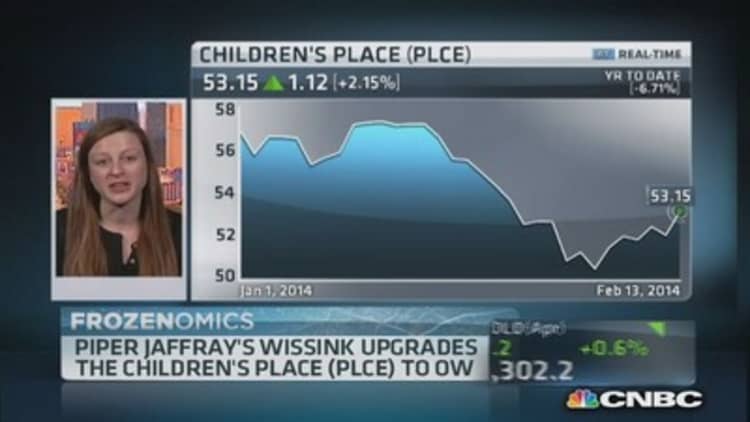When you conduct a search on Google, your query goes across the Internet, hits a server, gets processed and is sent back to you in microseconds. You would be surprised how much energy is consumed in that process.
In its latest quarter, Google spent $2.25 billion on data center and infrastructure spending, a huge area of costs for the company. That's one of the reasons the company is aggressively moving to solar, wind and other alternative energies to power its data centers and banks of servers scattered around the world.
If you ask top executives at Google, Apple, Facebook or Microsoft, they will all tell you they are gigantic consumers of energy. And it's for this reason that top companies in Silicon Valley are in a race to be the leader of clean and renewable energies.
But more than any other, Google is the most aggressive in advancing a clean energy agenda, analysts say. Google has made 15 wind and solar investments totaling more than $1 billion.
"We've invested over a billion dollars in 15 projects that have the capacity to produce two gigawatts of power around the world, mostly in the U.S., but that's the equivalent of Hoover's Dam worth of power generation," said Rick Needham Google's director of energy and sustainability, standing along Google's solar arrays at its headquarters in Mountain View, Calif.
(Read more: Atmosphere tense at a Google bus stop in San Francisco)
On Thursday, one of Google's solar investments kicked into operation. Google and several partners flipped the switch on the world's largest solar thermal project in Ivanpah, near the California-Nevada line. The project uses 347,000 sun-facing mirrors to produce 392 megawatts of electricity. Ivanpah's clear energy will power electricity for more than 140,000 California homes.
"Silicon Valley is leading the charge to be more efficient, to work on solutions to some of these problems. Google is ahead of the pack and we'll have to wait and see how it works out. They are certainly trying many different initiatives to figure out how best to manage their footprint in the environment, as well as how to manage the cost of all their energy," said Ben Schachter, senior Internet analyst at Macquarie Securities.
And while Google isn't alone among Silicon Valley's top tech companies to embrace alternative energy usage, no other company is looking at solar and wind as integrated in fueling its internal operations and also making sizable external investments.
"The fact is that all of these things, procuring power for ourselves, investing in power plants, renewable power plants, they all make business sense, they make sense for us as a company to do. We rely on power for our business," Needham added.
(Read more: Interns for the win: Top 10 corporate internships)

And while Google critics sometimes say they don't understand why the company would put so much money and resources into alternative energy, one analyst says it may be a smart way of looking at the future.
"Overall, I think Google is clearly forward-thinking, certainly trying to get the message out that they are environmentally sensitive," Schachter said. "Google is also saying to shareholders that they are thinking about the cost and impact of how they are using those energies."
(Read more: Five miles, 350,000 mirrors: The future of solar )
Google's energy strategy is ambitious, but the company still has a long way to go before all of its operations are fueled by renewable energy sources.
According to Needham ,about 34 percent of Google's operations are powered by renewable power.
"That's through a combination of renewable resources that are in the utility areas that we operate, as well as the direct power procurements that we've done," he said. "Our goal is to be 100 percent renewable powered. There's lots of challenges in getting there, not the least of which is operating in many jurisdictions that are in different parts of the world."
—By CNBC's Mark Berniker.





